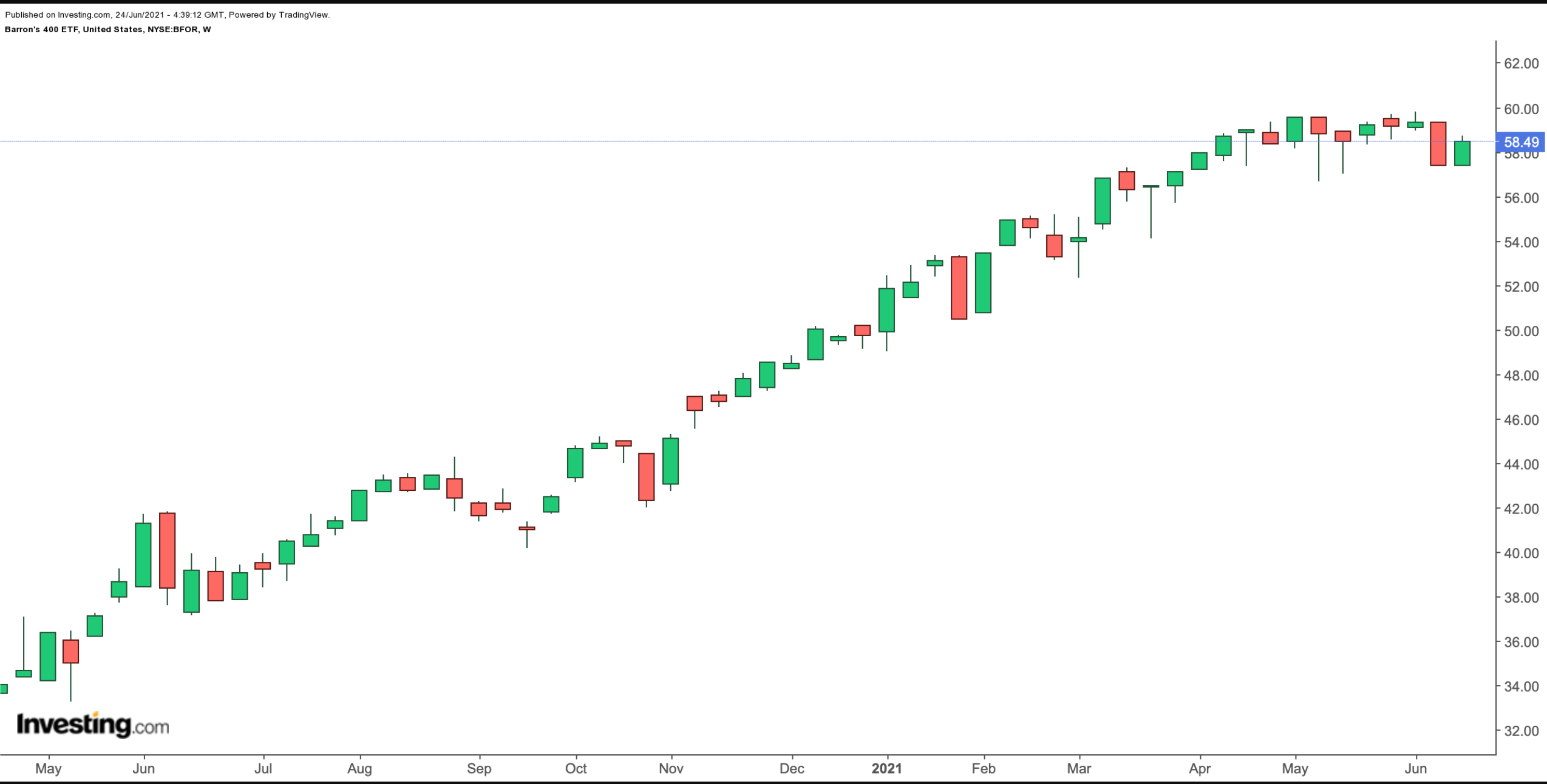Value and growth investing are two approaches to long-term investing. Both academic scholars and investment professionals discuss and debate the merits and risks associated with these two styles.
Those who belong to the value camp aim to buy stocks at a price below their intrinsic values. Benjamin Graham and David Dodd are hailed as the most prominent early believers of value strategies. Current-day investment guru Warren Buffett also tops the list of value investors.
Recent research by Baruch Lev of New York University and Anup Srivastava of the University of Calgary highlights:
"Value investing is about finding diamonds in the rough—going long on low-valued (value) stocks and shorting highly-valued (glamour) equities, thereby capturing companies whose stock prices are temporarily undervalued or overvalued by investors, relative to fundamentals. The price reversals of these misvalued stocks drive the gains from value investing."
On the other hand, growth shares tend to have higher prices and heftier valuation multiples. These fast-growing companies typically reinvest their available cash back into the business. In return for their confidence and patience, investors expect capital appreciation or higher stock prices.
John Campbell of Harvard University and his colleagues suggest “there is more to growth than just ‘glamour.’” Their research highlights the importance of cash flows, low levels of debt and cyclical nature (i.e., the less cyclical the firm, the better) for the potential success of growth stocks.
Growth stocks have been among the initial catalysts of the rally we've seen over the past year. Yet, recent months have also seen a rotation into value shares. Seasoned investors realize the importance of including both types of companies in their portfolios.
Therefore, today we introduce an exchange-traded fund (ETF) that bridges the divide in these two approaches to long-term investing.
Barron’s 400 ETF
Current Price: $58.49
52-Week Range: $37.80 - $59.79
Dividend Yield: 0.85%
Expense Ratio: 0.65% per year
The Barron's 400 ETF (NYSE:BFOR) provides exposure to a broad range of U.S. firms based on their growth, value, profitability and cash flow. It started trading in June 2013. Since its inception, fund sponsors have made some strategic changes and included more small-cap stocks.

BFOR, which tracks the Barron’s 400 Index, is rebalanced semi-annually. It currently has 408 equally-weighted stocks. The leading 10 holdings comprise 3.32% of BFOR’s net assets of $137.6 million.
As far as sector allocations are concerned, financials lead with 19.52%, followed by information technology (18.59%), consumer discretionary (17.05%), health care (14.66%) and industrials (13.59%).
Among the leading names are the chip giant, NVIDIA (NASDAQ:NVDA); biopharm company, Catalyst Pharmaceuticals (NASDAQ:CPRX); firearms group, Smith & Wesson Brands (NASDAQ:SWBI); after-market automotive products supplier, Xpel (NASDAQ:XPEL); EPAM Systems (NYSE:EPAM), which offers advanced digital technology and engineering solutions; and provider of medical devices for the treatment of peripheral vascular disease, LeMaitre Vascular (NASDAQ:LMAT).
So far this year, BFOR is up about 18% and hit a record high in early June. Over the past 52 weeks, the fund has returned more than 49%. Given the recent run-up in price in many of the names that make up the fund, some profit-taking could be around the corner.
Interested readers could regard such a decline as as opportunity to buy into the ETF, which provides sector diversification and liquidity. An improving U.S. economy would likely provide a catalyst for the fund’s holdings, adding to its appeal for those who want to stay invested in the broad market in the coming months.
